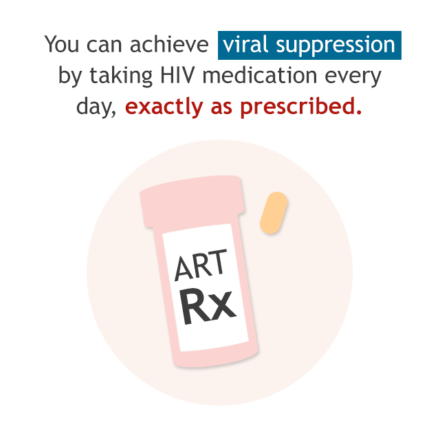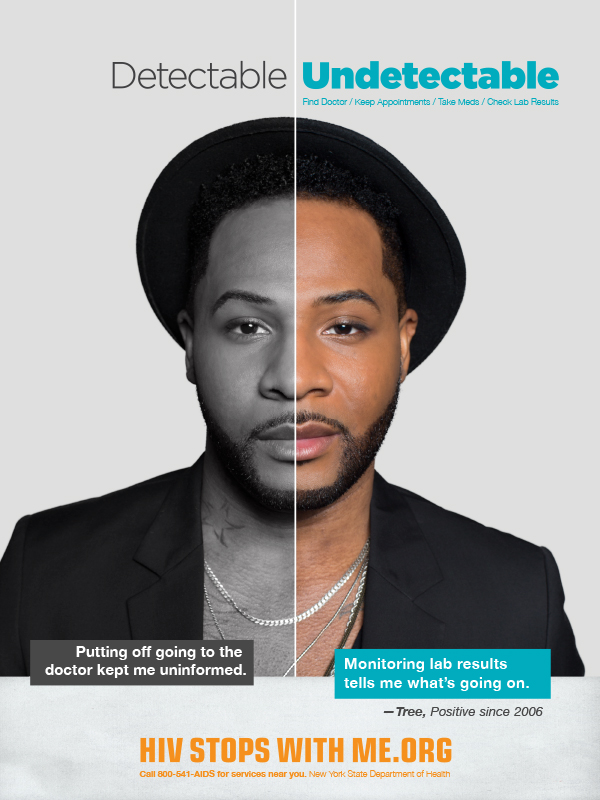For years, I’ve been reporting and writing about HIV/AIDS. When I’ve asked individuals the question, “Would you be sexually intimate with someone who’s undetectable?,” I’ve gotten some rather blunt and curt responses. Here are three:
“Uh-uh.”
“But doesn’t pre-cum contain the virus?”
“Nah…I’ll think I’ll pass!”
However, the 44-member AIDS United Public Policy Committee—the largest and longest-running national coalition of community-based HIV/AIDS organizations–strenuously begs to differ. According to AIDS United, its Public Policy Committee very recently has “strongly affirmed the conclusive evidence proving that people living with HIV who have achieved a sustained, undetectable viral load cannot transmit HIV to sexual partners. This evidence-based declaration reinforces AIDS United’s programmatic, policy and advocacy work to expand access to antiretroviral medications to all people living with HIV.”
Before we go any further, let’s clearly and completely understand what it really means to be “undetectable.” First, it doesn’t mean that the HIV-positive person is cured. However, it does mean that antiretroviral treatment is being effective, and that the amount of HIV in the blood is so low that even the best available tests don’t detect it.
To have an undetectable viral load means there are fewer than 20 copies of the virus in one milliliter of blood. Typically, the tests of those who have just been diagnosed and not having undergone treatment show millions of copies in the exact same sample size.
Therefore, on March 6, the AIDS United Public Policy Committee released the following statement: “Substantial evidence strongly demonstrates that a person living with HIV who has a sustained, undetectable viral load cannot sexually transmit HIV to another person. Continued analysis of large-scale clinical trials has shown zero cases of HIV sexual transmission. This expands on prior data that the risk of HIV transmission from a person living with HIV who is on antiretroviral therapy and has achieved an undetectable viral load (viral suppression) in their blood for at least 6 months is negligible to non-existent.”

AIDS United concurs with the stance of the Prevention Access Campaign (PAC), which is “People living with HIV on ART (antiretroviral therapy) with an undetectable viral load in their blood have a negligible risk of sexual transmission of HIV.” PAC “is a multi-agency health equity initiative to end the dual epidemics of HIV and HIV-related stigma by expanding access to HIV prevention, and empowering people with and vulnerable to HIV with accurate and meaningful information.”
The AIDS United Public Policy Committee added, “Too many people living with HIV are not getting the message of this benefit of treatment and sustained viral suppression from their clinical providers or the HIV education and advocacy community. Understanding that maintaining viral suppression through successful antiretroviral therapy not only maintains health but also prevents transmission can encourage people living with HIV to initiate and adhere to treatment regimens and may help reduce HIV-related stigma. We acknowledge, however, that social and structural barriers exist that prevent some people living with HIV from achieving viral suppression.”
Sadly, antiquated U.S. HIV laws and policies simply do not reflect the up-to-date science regarding HIV transmission risks. “Scientific evidence about the reality of transmission risk based in this data about viral suppression and transmission risk has already had an impact on HIV criminalization statutes and prosecutions in Europe,” according to AIDS United.
The organization, therefore, makes two critical recommendations:
- That providers and educators consistently share the message that new evidence demonstrates that a person living with HIV who has a sustained, undetectable viral load cannot sexually transmit HIV to another person.
- That HIV criminal laws and policies in the United States be modernized to reflect the science related to viral suppression and HIV transmission risk.
Jesse Milan, Jr., AIDS United president and CEO, termed the transmission evidence “a landmark development” that too few of us are hearing about. “This development puts each one of us living with HIV at the forefront of stopping new infections,” stated Milan, Jr. “It gives everyone strong, clear and direct language to stop the stigma and move all communities faster towards ending the epidemic.”





Leave A Comment